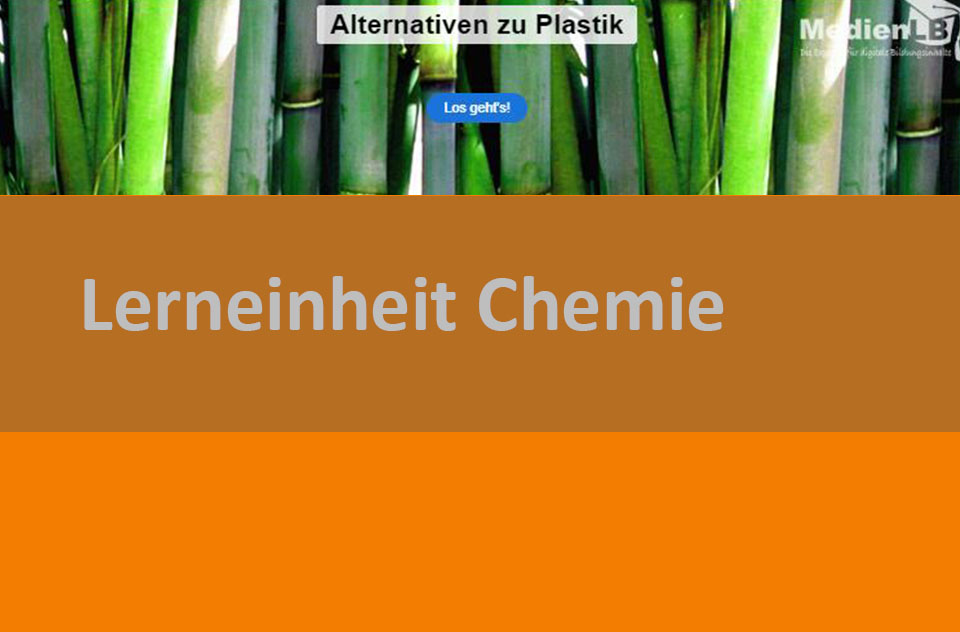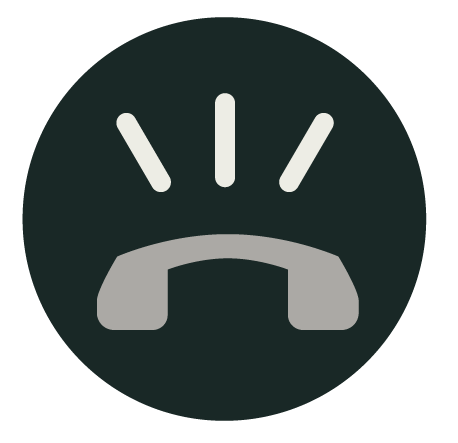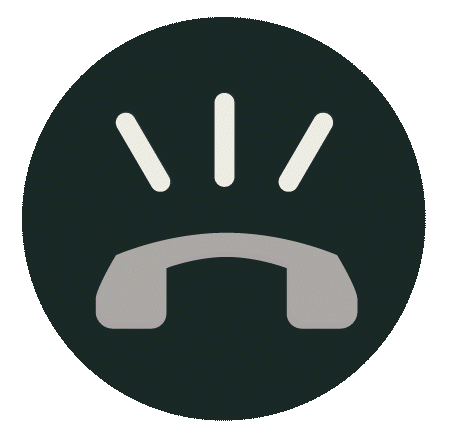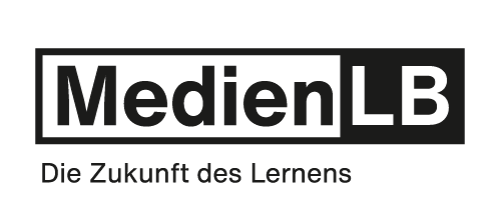
55502476
Plastik
In 14 interaktiven Modulen wird das Thema Plastik vermittelt und anschließend abgefragt.
Das Medium bietet H5P-Aufgaben an, die ohne zusätzliche Software verwendbar sind.
Durch interaktive Aufgabentypen wird das audiovisuelle und interaktive Lernen einfach.
Lernen macht jetzt Spaß!
Included Tasks
- I Eigenschaften von Plastik - Interaktives Video
- II Alternativen zum Plastik - Video und interaktive Aufgaben
- III Werkstoff auf Kohlenstoffbasis - Video und interaktive Aufgaben
- IV Arten von Plastik - Bildzuordnung
- V Recycling von Plastik - Interaktives Video
- VI Plastik - Wortsuche
- VII Kunststoff-Recycling - Interaktive Aufgabe
- VIII Struktur der Kunststoffe - Bildzuordnung
- IX Biokunststoff und andere Ideen für die Zukunft - Interaktive Aufgaben
- X Der Grüne Punkt - Interaktive Aufgabe
- XI Vorteile der Verwendung von Kunststoffen - Lückentext
- XII Kunststoffe im Meer - Video mit Aufgaben
- XII Kunststoffverzicht im Alltag - Interaktive Aufgbe
- XIV Kunststoffarten - Interaktive Aufgabe
Curriculum-centred and oriented towards educational standards
Matching
Plastic
Plastic has been around for not longer than roughly 100 years, and the synthetic material is a brilliant invention. Its production is cheap, it can take almost any possible form, it is light-weight, versatile and, above all, inexpensive.
Solutions, Emulsions and Mixtures of Substances
Be it milk in a cereal bowl, tea in a glass or the air around us. We constantly come across mixtures of substances in our everyday lives. As the name suggests, they are mixtures – mixtures of several so-called pure substances.
Basics of Chemistry II
When we take a closer look at substances, we discover that they consist of either one single element or of mixtures of several elements. Chemists therefore divide the world of substances into pure and mixed chemical substances. A pure substance is of homogeneous composition. Substance mixtures, however, consist of two or more pure substances. The many mixtures are subdivided not only into homogeneous and heterogeneous mixtures but depending on the respective aggregate states of their components, are classified into various groups of mixtures.









